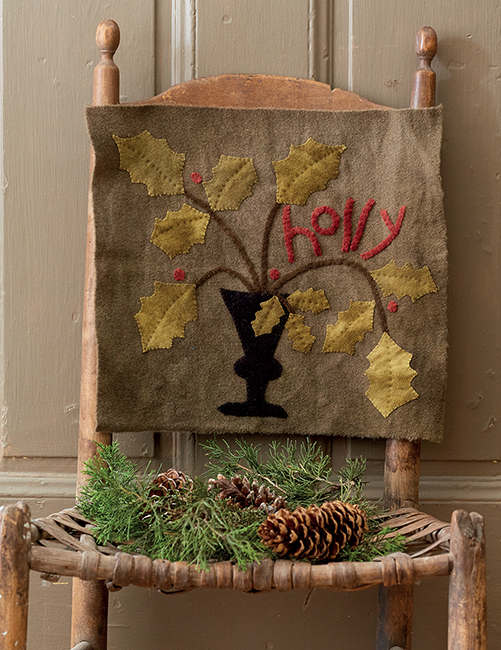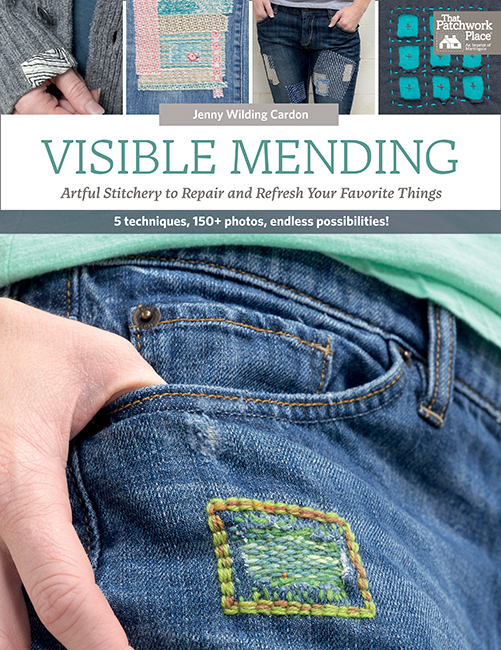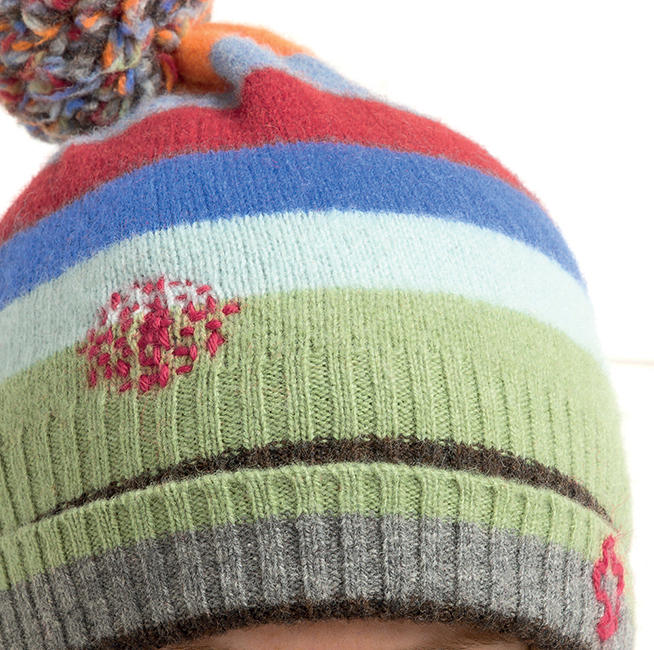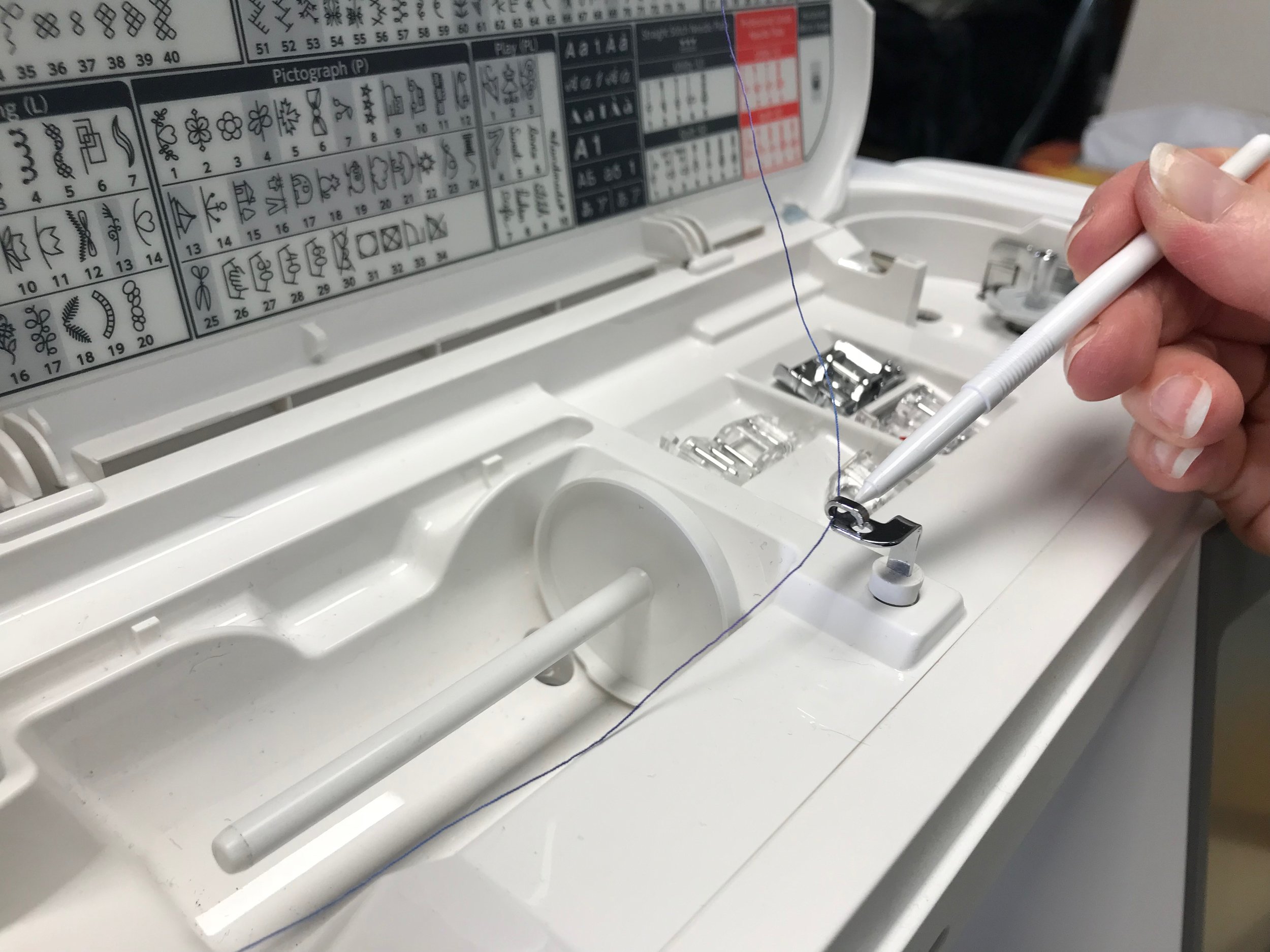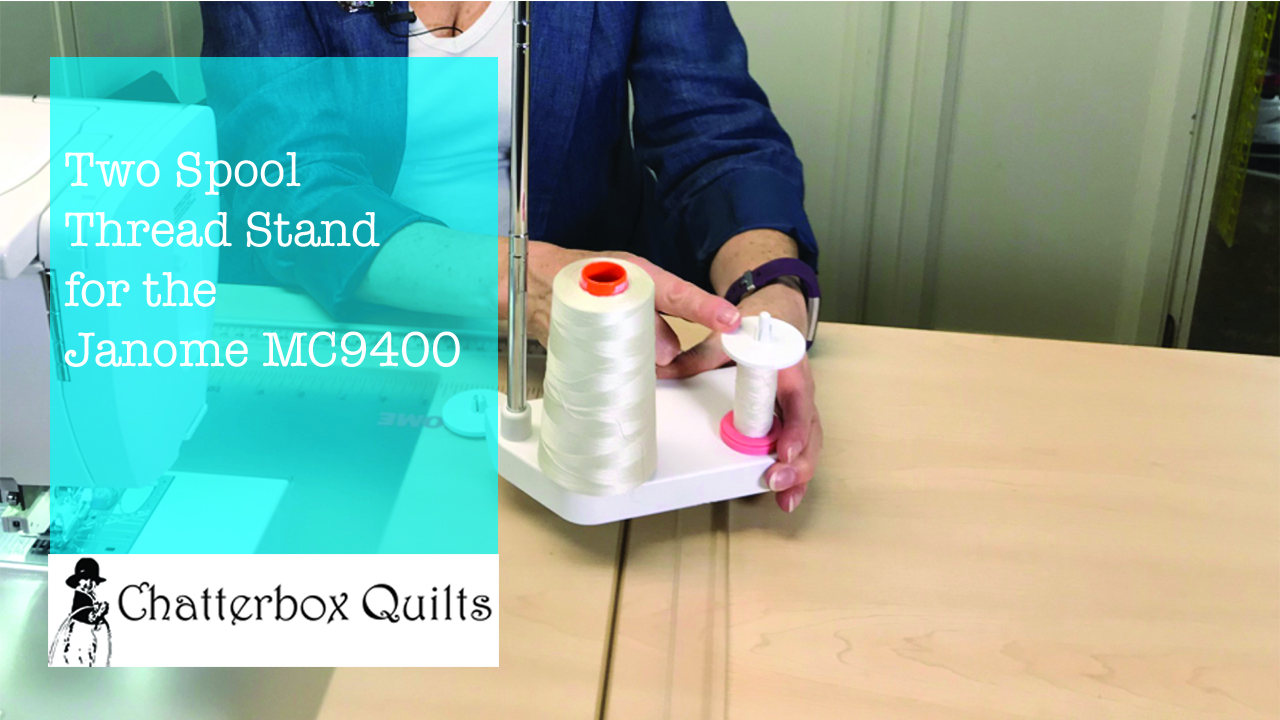When you first start quilting, you can quickly be overwhelmed by the notions and accessories that you "need" to quilt. Kim shows you what essentials you actually need to have in your tool kit when you first start quilting.
While you may add more items to your quilt studio as you progress in your quilting journey, you really need the following items to start:
A rotary cutter
A cutting mat (or self-healing mat)
A quilting ruler
An iron
A pressing surface (tutorial on making a pressing surface is below)
Pins
Seam ripper (yes, you will use this a time or two!)
Fabric
Batting
Multi-Purpose Quilt Spray (recipe and information below)
Sewing Machine with 1/4" foot, walking foot and free motion or darning foot
To learn more, click on the image below.
What are the essentials that you think a beginning quilter needs? Let me know in the comments below.
Creatively,
P.S. Did you know that you can sign up to receive emails full of FREE quilting goodness? Click here to receive FREE content directly in your email inbox every few weeks from Chatterbox Quilts. I know you'll be glad you did!





